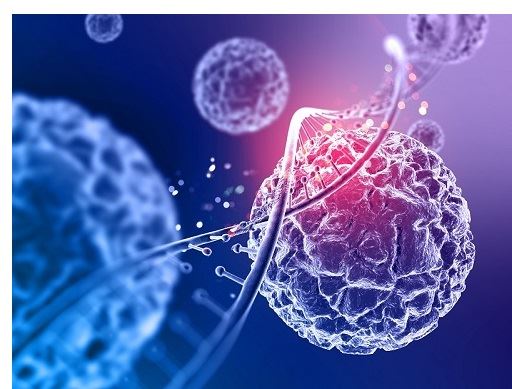 Rejuvenation through Alloblast culture has recently become increasingly preferred as a treatment method. Connective tissue in humans originates from the mesoderm. Connective tissue, which is one of the tissues found in the body, may deteriorate over time due to aging or various factors. During skin rejuvenation procedures, Alloblast therapy provides effective results. In addition, the Fibrocell method is also among the commonly used applications. The most important factor in the success of Alloblast therapy is the millions of fibroblast cells it contains, which produce collagen and elastin.
Rejuvenation through Alloblast culture has recently become increasingly preferred as a treatment method. Connective tissue in humans originates from the mesoderm. Connective tissue, which is one of the tissues found in the body, may deteriorate over time due to aging or various factors. During skin rejuvenation procedures, Alloblast therapy provides effective results. In addition, the Fibrocell method is also among the commonly used applications. The most important factor in the success of Alloblast therapy is the millions of fibroblast cells it contains, which produce collagen and elastin.
Today, many methods are available, one of which is the application called Fibrocell. Fibroblast cells are obtained from the patient’s own tissues. These cells can be reproduced in laboratory environments with the help of advanced bioengineering techniques. The multiplied cells are then injected into the necessary areas of the patient’s skin. This treatment method not only helps the skin maintain a dynamic appearance, but also supports regeneration through fibroblast cells.
Alloblast, on the other hand, stands out as an allogeneic treatment method. Fibroblast cells are obtained from newborn foreskin. When fibroblast cells are to be harvested from newborn foreskin, high-tech laboratories are required. In these environments, bioengineering techniques are used to reproduce the cells. These multiplied cells are then injected into the necessary areas of the patient’s skin. In allogeneic stem cell therapies, stem cells are transferred to the patient.
Alloblast Treatment
Alloblast treatment offers many advantages. First of all, complications such as allergies and side effects are not observed during this treatment. The main reason for this is that fibroblast cells obtained from the newborn’s foreskin do not yet carry a unique identity of the baby. In most cases, a single session is sufficient to achieve the desired outcome. However, if necessary, a second session can also be performed.
The results of this application become visible in a short time. In addition, compared to the Fibrocell method, the Alloblast technique stands out by delivering results much faster. The fact that the fibroblasts used in the allogeneic Alloblast procedure are young and healthy cells contributes to the success of the application.
For rejuvenation with Alloblast culture, foreskin tissue is required. However, not every foreskin sample is suitable for this process. Preparing a single Alloblast culture requires approximately 400 donors. It is mandatory for the foreskin tissue from these donors to undergo serological testing.
How is Alloblast Applied?
The patient must be present in the clinic during the Alloblast procedure. While performing this application, the skin needs to be numbed, and topical anesthetic creams are suitable for this purpose. The injection of the Alloblast culture is completed in a short time. A single session is sufficient for the injected cells in the targeted area.
Alloblast therapy is a highly effective application and differs from other treatments due to its unique features. Connective tissue in the skin becomes damaged over time. While many factors play a role in this, age-related changes are particularly significant, and various methods are employed to address them.
Alloblast treatment delivers the desired results through millions of fibroblast cells that produce collagen and elastin. When sagging and wrinkles occur as a result of skin aging, Alloblast therapy provides effective outcomes for rejuvenation.